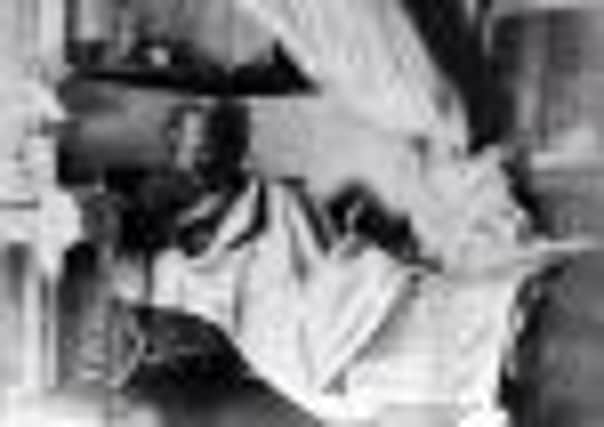Linda Dryden: Raise a glass to the naughtiness of RLS


RLS Day aims to change all that. A collaboration between the City of Literature Trust and Edinburgh Napier University’s Centre for Literature and Writing, it was conceived as a means of celebrating Stevenson as one of Edinburgh’s, and Scotland’s, most famous literary figures and wonderful characters.
Born at 8 Howard Place in Edinburgh in 1850, Stevenson suffered from chronic lung problems, and long sought a congenial climate for his health. His parents engaged a nurse, Alison “Cummy” Cunningham, who instilled in the young Stevenson – affectionately known as “Smout” – her fierce Calvinism. Nevertheless, at the age of 23, Stevenson announced to his father, Thomas, that he didn’t believe in Christianity, causing lifelong tension between the two.
Advertisement
Hide AdAdvertisement
Hide AdHe became a tearaway, leading his own Jekyll and Hyde existence in his home city. By day he was a respectable law student at Edinburgh University; by night he donned his famous velvet jacket and caroused in the taverns of the High Street and Southside, drinking with his friends and fraternising with prostitutes. This was Stevenson’s rebellion against his deeply conservative domestic environment.
Stevenson’s sense of fun and playfulness permeates works like New Arabian Nights and The Dynamiter. His tales of Prince Florizel and company in these volumes are full of practical jokes and comic characters, many of whom, like “the young man with the cream tarts” are modelled on his cousin, Bob Stevenson. Bob became Stevenson’s partner in crime, with Fanny, Stevenson’s wife, once remarking: “Whenever my husband wished to depict a romantic, erratic, engaging character, he delved into the rich mine of his cousin’s personality.”
With Bob, and their friend Charles Baxter, Stevenson formed the LJR, the Liberty, Justice, Reverence League, whose motto was “disregard, everything our parents taught us,” causing his father much distress.
When Stevenson finally settled down it was on the island of Samoa, with his wife and extended family. In Samoa he became known as Tusitala, the “Teller of Tales”, and renowned for his lavish feasts in the grand house, Vailima, built for his family. Stevenson died there suddenly in 1894, and is buried on a steep hill above Vailima. But, despite his long exile, Stevenson never forgot his native city, exemplified by this poetic extract in the unfinished Weir of Hermiston:
“I saw rain falling and the rainbow d